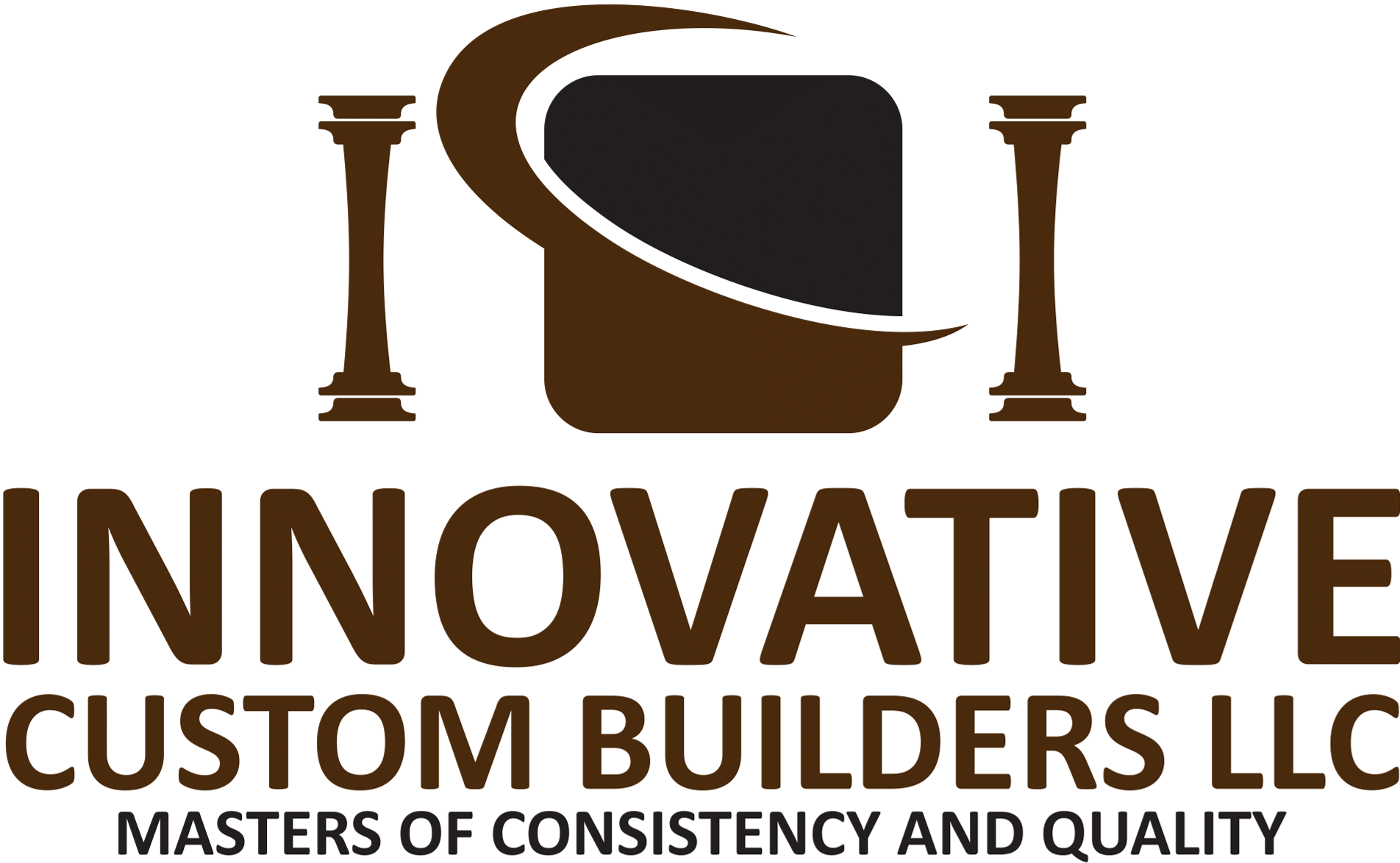Serving Bridgeport, CT, Innovative Custom Home Builders provides structural wood framing is a construction method used to build the skeleton or framework of a house using wood. This technique involves creating a structure that supports the building’s weight, provides shape, and serves as the foundation for other construction elements such as walls, floors, and roofs. Here’s an overview of the key components and concepts involved in our structural wood framing for home construction:
Key Components of Wood Framing in Bridgeport, CT
- Studs: Vertical wooden beams that form the walls. They are usually placed 16 or 24 inches apart and run from the bottom plate to the top plate.
- Plates:
- Top Plate: A horizontal beam at the top of the studs, supporting the roof structure.
- Bottom Plate: A horizontal beam at the bottom of the studs, anchored to the foundation.
- Joists: Horizontal wooden beams that support floors or ceilings. They are typically spaced 16 or 24 inches apart and run parallel to each other.
- Rafters: Sloped wooden beams that support the roof. They extend from the top plate of the walls to the ridge board.
- Headers: Horizontal beams placed over openings like doors and windows to support the weight above.
- Trusses: Prefabricated, triangular wooden structures used to support the roof, providing strength and stability.
- Sheathing: Panels (often plywood or OSB) attached to the exterior side of the studs, joists, and rafters to provide structural stability and a base for exterior finishes.
Framing Methods
- Platform Framing:
- The most common method.
- Each floor is framed separately, creating a platform for the next level.
- Easier to construct and provides more stability.
- Balloon Framing:
- An older method where the studs run the entire height of the building from foundation to roof.
- Less common today due to fire safety concerns and more challenging construction techniques.
Home Construction Process in Bridgeport, CT
- Foundation: The framing process begins with laying the foundation, which can be a concrete slab, crawl space, or basement.
- Floor Framing: Joists are laid across the foundation, and subflooring is installed on top of the joists.
- Wall Framing: Walls are constructed with studs, top and bottom plates, and headers. The walls are then raised and secured in place.
- Second Floor and Roof Framing: If the house has multiple floors, the second-floor platform is constructed similarly to the first floor. Rafters or trusses are installed to frame the roof.
- Sheathing and Bracing: Exterior sheathing is attached to the walls and roof to provide structural support and prepare for exterior finishes. Bracing is added to ensure stability and resistance to wind and seismic forces.
- Interior Framing: Interior walls and partitions are framed, and openings for doors and windows are created.
Advantages of Wood Framing in Bridgeport, CT
- Cost-Effective: Wood is generally less expensive than other building materials.
- Ease of Construction: Wood framing is relatively quick and easy to construct, with readily available materials and skilled labor.
- Flexibility: Wood framing allows for a variety of architectural designs and modifications.
- Insulation: Wood framing provides good thermal insulation, contributing to energy efficiency.
Considerations
- Durability: Wood is susceptible to pests, rot, and fire, requiring proper treatment and maintenance.
- Environmental Impact: The sustainability of wood framing depends on responsible sourcing and forest management practices.
Structural wood framing by Innovative Custom Home Builders is a popular and effective method for home construction, offering a balance of cost, ease, and flexibility. You can click the following link to view some of our 5-star Houzz Reviews. You can contact us today at (203) 768-7262 to schedule a quick no-cost quote!
